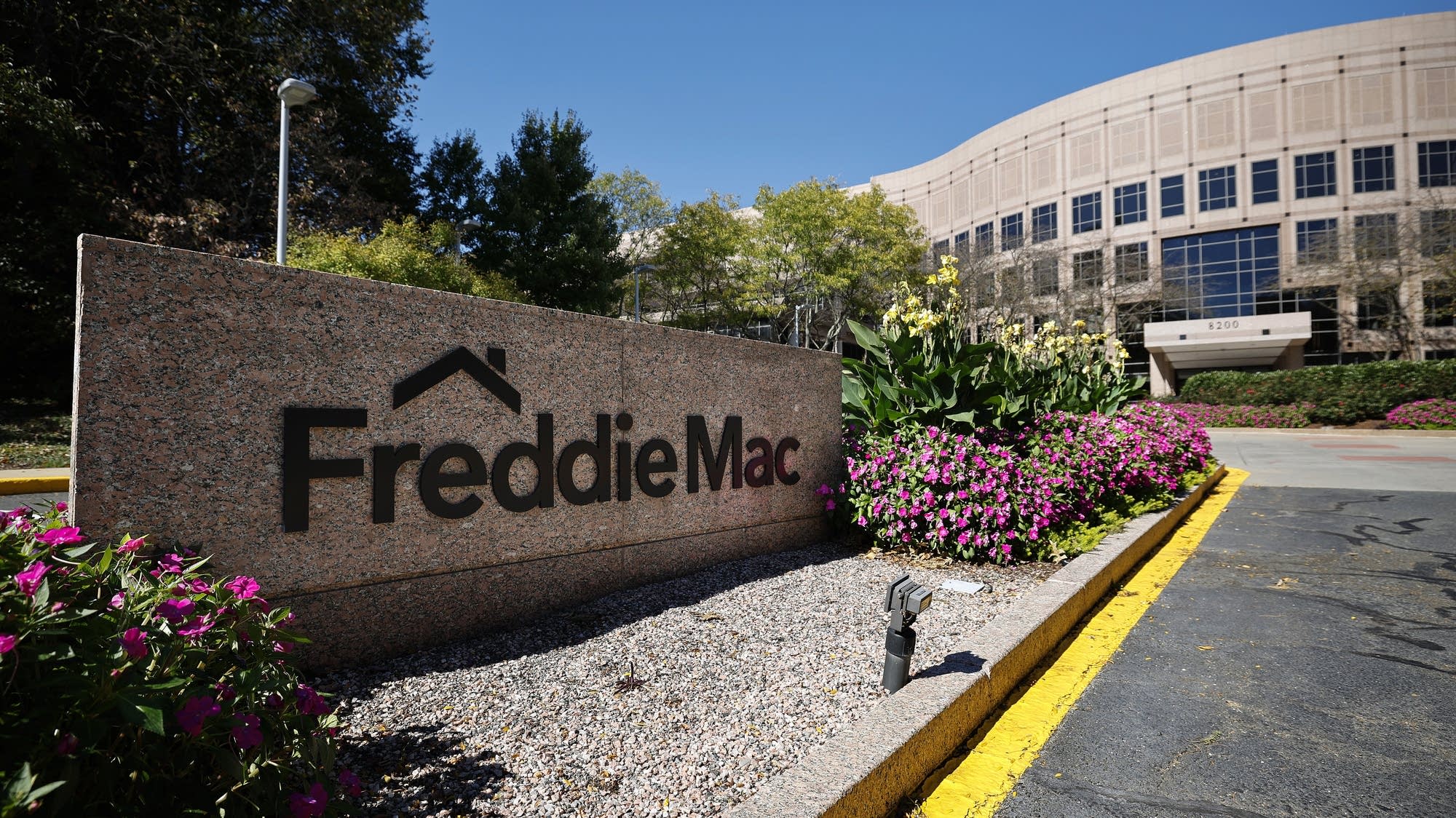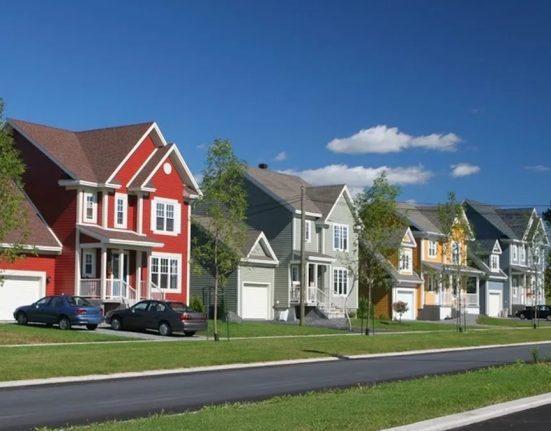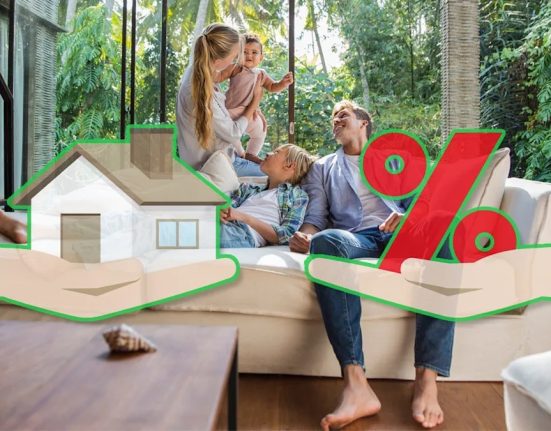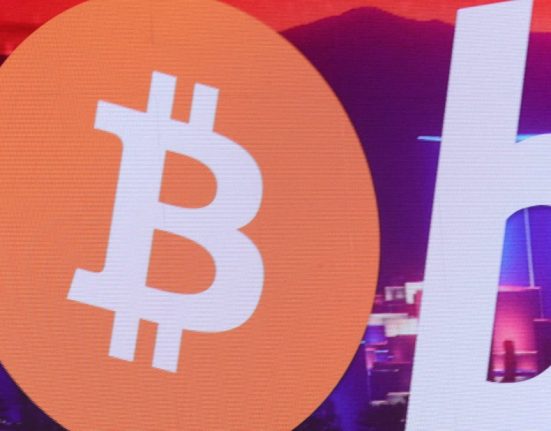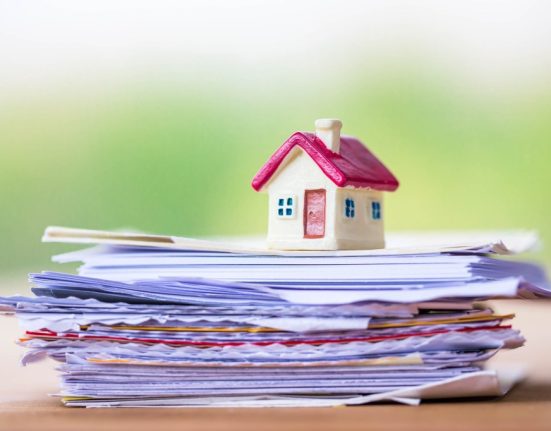The housing market has plenty going wrong these days: high interest rates, high home prices, and affordability challenges — especially for first-time buyers.
Now add another wrinkle: President Donald Trump’s renewed push to re-privatize the giant government-owned housing-finance corporations, Fannie Mae and Freddie Mac. They were taken over by the federal government (placed into conservatorship) during the fallout from the 2008 financial crisis.
Some critics have warned that re-privatizing them could be risky if it undermines the government backstop that Fannie and Freddie provide to the U.S. housing market, by guaranteeing principal and interest payments on mortgage-backed securities that are sold on to investors.
What mortgages are we talking about? The stable, predictable, affordable 30-year fixed-rate mortgage.
“The 30-year fixed-rate mortgage is the engine that drives homeownership in the United States,” said Vanessa Perry, professor and interim dean of the business school at George Washington University. “Not only does the math work for homebuyers, the math also works for investors.”
“It really is the best of all possible worlds,” said Mike Fratantoni, chief economist at the Mortgage Bankers Association. “It locks the principal and interest portion of the payment over a long period of time. Should rates drop, it’s pre-payable without a penalty. So it provides both stability and flexibility.”
When mortgage rates fall, buyers can refinance, and locking in an even lower monthly payment over the remaining life of the loan.
The math also works for the financial markets, said Fratantoni, because Fannie Mae and Freddie Mac buy up 30-year mortgages, bundle them into securities that they guarantee, then sell those on to investors, reducing long-term risk.
“More than 90% of home purchases are financed with 30-year fixed-rate loans,” said Fratantoni, “and it really differentiates the U.S. from other countries around the world.”
So, how did U.S. homeowners come to have this great economic boon — the ability to get a really long-term bank loan to buy a house, with essentially no inflation or interest rate risk, where the monthly payment doesn’t change for thirty years, no matter what else happens in the economy?
Well, it didn’t used to be like this.
“The mortgage system prior to the Great Depression was very dangerous,” said Susan Wachter, professor of real estate and finance at the Wharton School of the University of Pennsylvania.
Wachter said at that time, long-term, fixed-rate mortgages weren’t generally available. People borrowed to buy a house, paid interest for a few years, then the loan came due and it had to be paid off in full by refinancing—obtaining a new loan.
Which became impossible when the banks failed and borrowing dried up during the Great Depression.
“About 50% of the mortgages were in default and about 25% were en-route to foreclosure,” she said. “There was no money to be had, you could not repay them. You were going to be foreclosed and out of a home.”
So as part of the New Deal, the Roosevelt administration established the Home Owners Loan Corporation, ultimately leading to the 30-year fixed-rate mortgage we have today.
“Even if mortgage rates increased, if there was a depression or recession,” Wachter explained, “you could go on paying your mortgage because the rate would not increase.”
But, despite America’s 30-year fixed-rate mortgage being stable, flexible, and optimized for buyers and investors, it hasn’t resulted in a particularly high homeownership rate. About 65% of households own in the U.S. Homeownership here is lower than in Singapore, Mexico, and a long list of Eastern and Western European countries.
Could our mortgage, in part, be holding us back?
Ed Pinto, co-director of the American Enterprise Institute’s Housing Center, thinks so.
“The problem with the 30-year mortgage is it amortizes the debt extremely slowly — much, much more slowly than, say, 20-year debt,” said Pinto. “It does allow for a lower monthly payment. But that comes at a cost in terms of home prices.”
Compared to a 20-year loan, the buyer pays more interest over the life of a 30-year loan, making home ownership more expensive in the long run.
“So the 30-year mortgage has not really enabled homeownership,” said Pinto. “Evidence of that in part is that the homeownership rate back in the early 1960s is not too different than what it is today.”
Pinto argues that without Fannie Mae and Freddie Mac, and ultimately U.S. taxpayers, backing 30-year fixed-rate mortgages, investors wouldn’t take on the long-term risk of buying them in the form of mortgage-backed securities. He argues we’d be better off fully privatizing Fannie and Freddie and weaning the mortgage market off government guarantees entirely.
Which would probably kill off the 30-year fixed-rate mortgage.
“The private sector could do this much better,” Pinto said. “The private sector would probably migrate towards a 20-year loan with a 7-year ARM.”
Vanessa Perry also favors re-privatizing Fannie and Freddie, but with strong government controls and guarantees.
“I don’t see any reason to rock the boat,” said Perry. “The 30-year fixed-rate mortgage has a very, very strong federal government and private investor supported structure.”
She said that over time, that mainstay of American housing has made home ownership more affordable and available.

